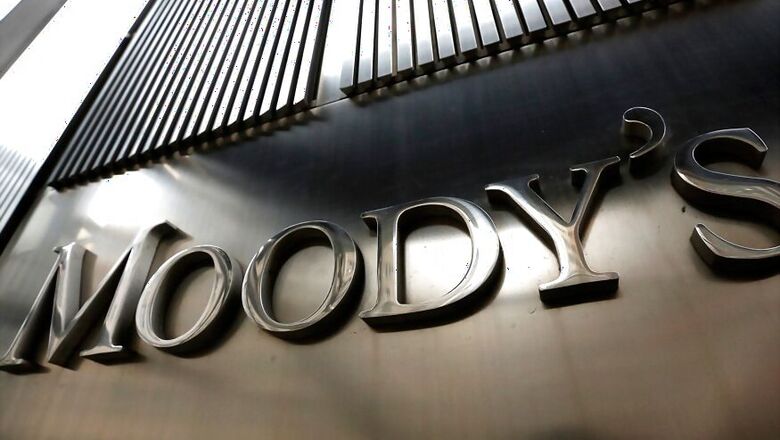
views
New York: The US Federal Reserve hiking its key interest rate by 25 basis points could set off capital outflows from emerging market economies like India with large external funding needs and macro-economic imbalances, thereby increasing their vulnerability, Moody's Investors Service said on Thursday.
"While the impact of the rate increase on the US economy will be negligible, emerging market economies with large external funding needs and macro-economic imbalances could be vulnerable to capital outflows," Moody's said in a report.
The Federal Reserve on Wednesday increased its key interest rate by 25 basis points in the first rate hike in 2016 and just the second in a decade. The first was in December 2015.
It raised rates by 0.25 percentage points to a range of 0.50 per cent and 0.75 per cent.
"While emerging market economies could benefit from a strengthening US growth if it stimulates demand for exports, they could also suffer if higher US rates lead to a more sustained re-pricing of financial assets and tighter global financial conditions," the credit rating agency said.
"The most direct impact will be felt in those economies that have high external financing needs relative to their foreign exchange earnings and reserves," it added.
The American agency said the spillover effect of the rate hike may manifest itself in different ways.
"For instance, in some cases a pronounced currency depreciation could lead to higher inflation, which, along with the threat of sustained capital outflows, could force central banks to raise interest rates," the report said.
"The (US) Fed's tightening could have negative spillovers for those with large external funding needs, high leverage, macroeconomic imbalances, or uncertainties around politics and policies," it added.
The Federal Reserve slashed rates to zero in 2008 in the wake the financial crisis and kept it at that level throughout the period of major economic slowdown that followed.
In this connection, when previous Reserve Bank of India Governor Raghuram Rajan took charge at the RBI in 2013, at a time the US Federal Reserve had declared its intent to wind down its stimulus programme, the rupee plunged in value in respect of the US dollar on fears about a spiralling current account deficit.
In a series of measures, Rajan managed to stabilize the currency that also brought back investors. Giving Rajan its Central Banker of the Year award for 2015, British magazine Central Banking said in this regard that "Rajan's disciplined and focussed approach in leading the Reserve Bank during his first year as governor was remarkably impressive."
India is currently seen as being better equipped than other emerging markets to ride the impact of higher US interest rates because of its stronger economic growth and impressive foreign exchange reserves of more than $300 billion.
Chief Economic Advisor Arvind Subramanian said in New Delhi on Thursday that the hike in US interest rates "was anticipated and expected".
"Given that India is in a bright spot, the impact on us would be much smaller", he said.




















Comments
0 comment